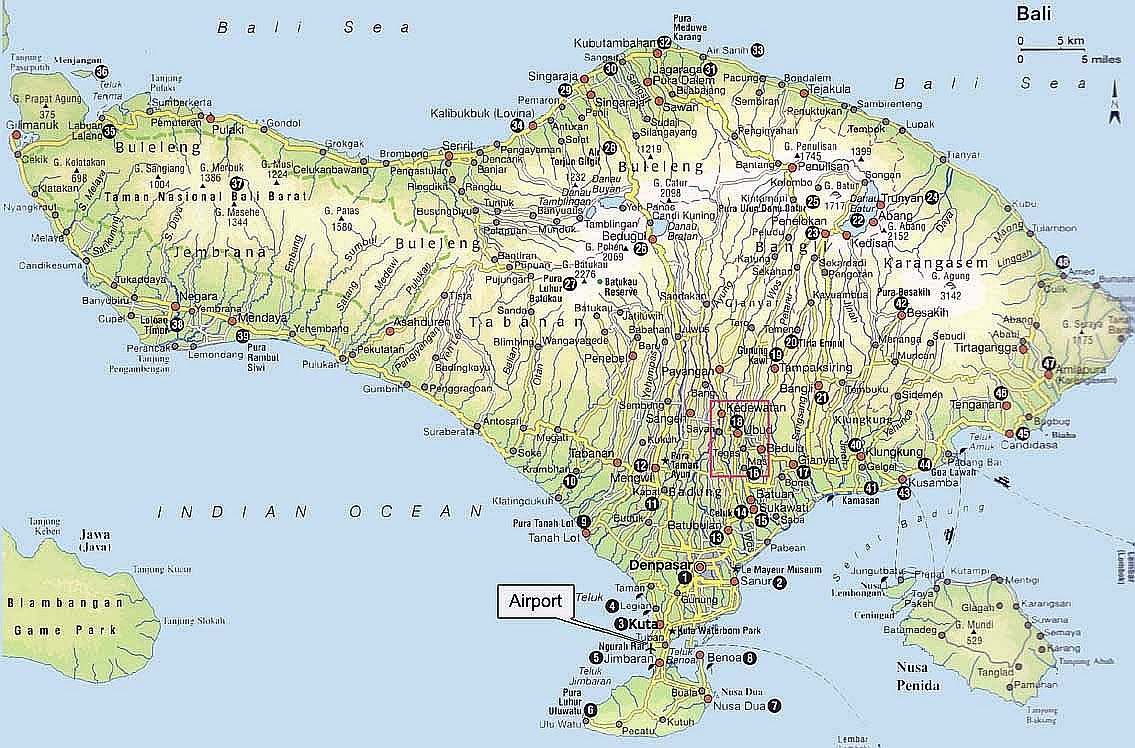This case study shows that press was a key element in building brand equity and as a result, newspapers helped drive success for the NESCAFÉ Greenblend launch.
NESCAFE Greenblend case study
This case study shows that press was a key element in building brand equity and as a result, newspapers helped drive success for the NESCAFÉ Greenblend launch.
This ground-breaking research shows how newspaper advertising can play a major role in helping to build brand equity for food advertisers.
Using the launch of grocery giant Nestlé’s NESCAFÉ Greenblend as the first in a series of case studies, this report shows that by including newspapers in the media mix, advertisers, especially in the FMCG category, can more effectively build a brand than by using TV alone.
The study, Newspapers Help Build an Instant Brand, was jointly undertaken with Nestlé as part of our Newspaper Effectiveness programme, involved a combination of rigorous qualitative and quantitative research among grocery buyers.
Key results:
Newspapers and TV helped increase brand equity by 21% compared to TV alone
70% of newspaper recognisers could name the NESCAFÉ Greenblend brand and get the key message take-out correctly
Newspapers enhanced emotional response to TV by 52%
Newspapers outperformed TV in delivering taste, quality and emotive cues, considered likely factors in driving purchase
Newspapers + TV outperformed TV only on brand familiarity, brand uniqueness and brand quality
Actual trial for the launch was 23% above planned goal
Nestlé Australia Consumer Insight & Planning Manager, Melanie Owens, said: “This research clearly demonstrated great results for newspapers. It’s proven that an effective newspaper advertising idea can definitely enhance TV advertising and build emotional brand values.”
The Newspaper Works CEO Tony Hale said newspapers played a vital role in building brand equity and the quality and taste cues that were crucial to trial. "If anybody believes newspapers can’t drive emotional connections, they need to read this report."
Background
NESCAFÉ Greenblend was launched in late 2008 to deliver to the needs of coffee drinkers who are increasingly seeking out healthy beverages without compromising on taste. Nestlé’s challenge was to build a new instant coffee brand in a cluttered category with more than 50 choices on supermarket shelves.
The trusted environment of newspapers was used to deliver the product’s significant health claim, with ads that featured green and brown coffee beans working in partnership to deliver on the brand proposition.
The NESCAFÉ Greenblend case study is the first in a series of food category reports we will be rolling out as part of our Newspaper Effectiveness programme. Future studies include Jalna and Uncle Toby’s Oat Brits. Sign up to our newsletter and e-alerts to be the first to know.
Download the full report and presentation below or download key finding take-outs.
October 2009
skip to main
|
skip to left sidebar
skip to right sidebar
Black as the devil, Hot as hell, Pure as an angel, Sweet as love.
Travel to Indonesia
Contact Our Team:
Raja Kelana Adventures Indonesia
Raja Kelana Adventures Indonesia
Email: putrantos2022@gmail.com
Facebook Messenger: https://www.facebook.com/putranto.sangkoyo
Our Partner
Blog Archive
-
▼
2012
(11)
-
▼
December
(11)
- 2012 Coffee Semi-annual Indonesia
- World's most expensive coffee tainted by 'horrific...
- This case study shows that press was a key element...
- History of Coffee Advertising
- Bianca Beatrice Darmawan: Winning for herself and ...
- 'Dangerous Grounds': Borneo by Sue Richter Novemb...
- Peruvian coffee growers harvest dung for golden pr...
- Asia Coffee-Indonesia premiums at 6-mth high; trad...
- Global coffee exports up 17% in Oct
- Frangipani flowers transformed into hot commodity ...
- PAPUA ARABICA COFFEE
-
▼
December
(11)






